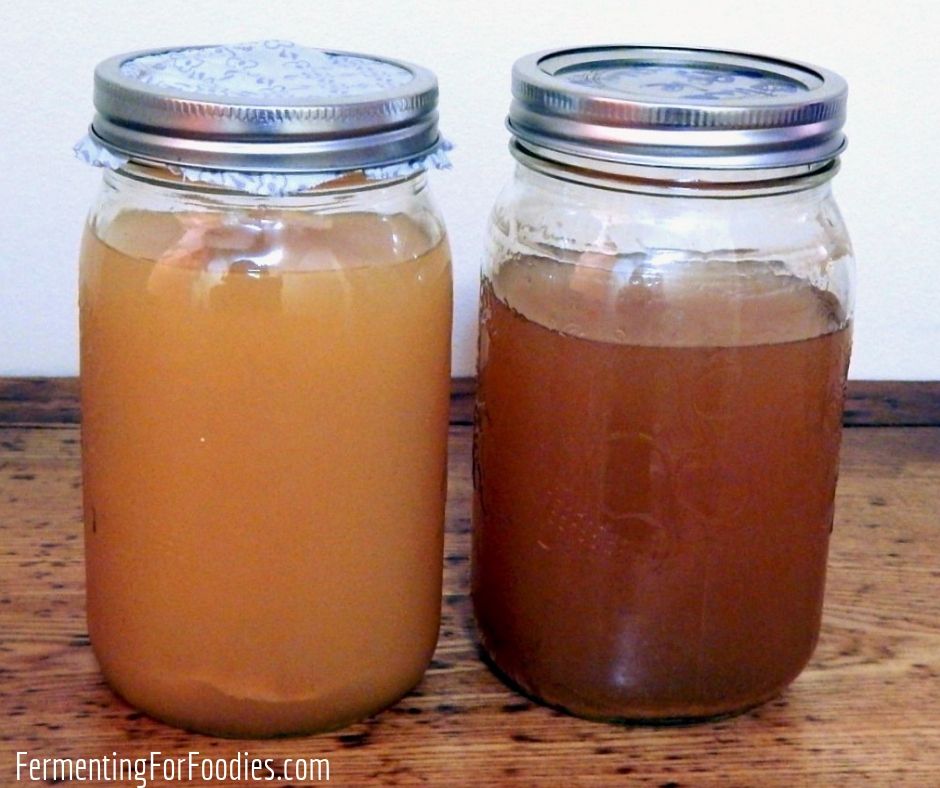
You can use a few spoonfuls of raw acv with the mother to speed up the process. What you need is raw unpasteurized apple cider and the process is simple.

The sugar will ferment and turn into alcohol making the apple cider that will eventually become apple cider vinegar.
Apple cider vinegar fermentation. Apple cider vinegar acv is apple cider that has been fermented using yeast. The natural sugars within the fruit are broken down by the yeast and bacteria and turned into alcohol this is the fermentation process. The alcohol then undergoes a second fermentation process and voilà.
What you need is raw unpasteurized apple cider and the process is simple. Leave the cider to ferment on the counter. First it will ferment into hard cider before it turns to vinegar 2 4 weeks.
You can use a few spoonfuls of raw acv with the mother to speed up the process. Apple cider vinegar after 24 hours of alcoholic fermentation ending yeast fermentation with pasteurization allow the cider to undergo alcoholic fermentation for 7 to 10 days depending on how much residual sweetness you want in the finished cider vinegar. The acetic acid bacteria can only convert alcohol to vinegar but not sugar.
Similarly apple cider vinegar is made by fermenting apples but the difference is that in order to obtain apple cider vinegar we ferment the apples twice. During the first fermentation we get hard alcoholic apple cider. This apple cider is then re fermented to develop apple cider vinegar.
The importance of mother in apple cider vinegar. Add 1 teaspoon 4 grams of raw sugar for each apple. Stir the mixture thoroughly to make sure everything combines fully.
The sugar will ferment and turn into alcohol making the apple cider that will eventually become apple cider vinegar. Raw sugar works best for this but you can use honey or any other sugar if you d prefer. Methods of vinegar fermentation vinegar is a product of two stage fermentation.
In the first stage yeast converts sugars into ethanol anaerobically. In the second ethanol is oxidized to acetic acid aerobically by bacteria of genera acetobacter and gluconobacter. It s usually a naturally fermented product but read the label to see whether it s simply white vinegar that has been colored to look like cider vinegar.
If you buy a bottle of pasteurized apple cider vinegar you can add the mother the spongy mass that forms in unpasteurized vinegar to it and replenish the beneficial bacteria that were killed during the pasteurization process. Apple cider vinegar is made via a two step process 1. First the manufacturer exposes crushed apples to yeast which ferments the sugars and turns them into alcohol.
Next they add bacteria to.